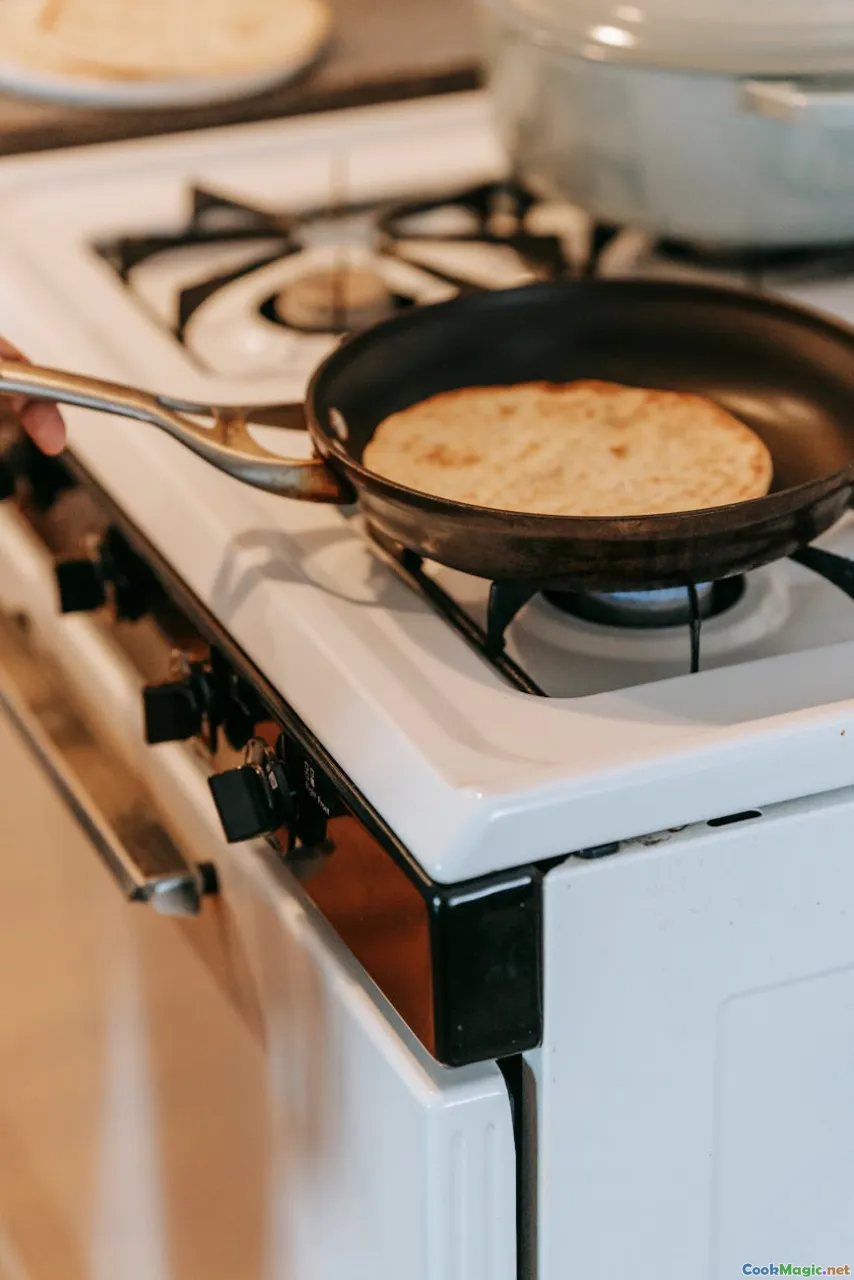Mastering Flatbread Rolling for Indian Chapatis
7 min read Discover the art of rolling perfect Indian chapatis with expert tips, cultural insights, and personal stories that bring this beloved bread to life. April 29, 2025 16:55
Mastering Flatbread Rolling for Indian Chapatis
Imagine the comforting aroma of freshly cooked chapatis wafting through a bustling Indian kitchen—warm, slightly smoky, with a hint of freshly baked wheat. The soft, round bread, with its subtle layers and delicate texture, is more than just a staple; it’s a symbol of home, tradition, and community. But behind every perfect chapati lies a simple yet nuanced technique—the art of rolling.
The Cultural and Historical Significance of Chapatis
Chapatis, also known as roti in many parts of India, are more than everyday bread; they are woven into the very fabric of Indian culinary history. Dating back thousands of years, these unleavened flatbreads have been the cornerstone of countless meals, from humble rural households to opulent feasts. Their simplicity and versatility make them a canvas for flavors—whether paired with spicy curries, tangy pickles, or sweet accompaniments.
In Indian culture, the act of making chapatis is often a communal activity, a daily ritual passed from generation to generation. Watching a seasoned cook deftly roll out dough with practiced ease evokes a sense of continuity and tradition. The process connects us to our roots, reminding us that even the simplest foods carry stories of heritage and identity.
The Science and Technique Behind Perfectly Rolled Chapatis
Rolling chapatis is both an art and a science. Achieving a thin, evenly round flatbread requires understanding the dough’s properties, mastering the rolling motion, and cultivating patience.
The Right Dough
The foundation begins with the dough. Traditionally, it’s made from whole wheat flour (atta), water, a pinch of salt, and sometimes a splash of oil or milk for softness. The key is to knead until the dough is smooth and elastic—this ensures the chapatis will puff up during cooking and have a tender bite.
Let the dough rest for at least 20-30 minutes. Resting relaxes the gluten, making the dough easier to roll and resulting in softer bread.
Proper Dough Consistency
The dough should be soft but not sticky. If it’s too sticky, add a little more flour; if too stiff, sprinkle a few drops of water and knead again. The right consistency allows for easy rolling without tearing or cracking.
Tools of the Trade
- Dough Ball: Small, evenly sized portions to ensure uniform thickness.
- Rolling Pin (Belan): Usually wooden, it should be smooth and sturdy.
- Rolling Surface: A clean, flat surface, often a wooden board or marble slab.
- Dry Flour: For dusting to prevent sticking.
The Rolling Technique
- Pre-Shape the Dough: Roll the dough into a smooth ball, then flatten slightly.
- Dust Generously: Lightly dust the surface and the dough ball with dry flour.
- Start Rolling: Place the dough ball on the surface, pressing down gently with the rolling pin.
- Rotate and Flip: After each roll, rotate the dough 45-90 degrees and flip it over, dusting with more flour as needed.
- Maintain Even Thickness: Apply gentle, consistent pressure to keep the chapati thin and round.
- Aim for a Slightly Puffy Shape: While perfect roundness is ideal, don’t stress; focus on even thickness and a circular shape.
Mastering this technique takes practice, but patience and persistence will yield results.
Tips for Achieving Flawless Chapatis
- Keep the dough covered to prevent it from drying out.
- Use a steady, even pressure on the rolling pin.
- Don’t over-flour; too much dry flour can make the chapatis dry.
- Practice circular movements—it’s about consistency, not perfection.
- Cook on a hot tava or skillet until bubbles form and the chapati develops golden spots.
- Puffing Up: A well-rolled chapati will puff in the center during cooking if the heat is right.
Personal Anecdotes and Cultural Rituals
Growing up in an Indian household, I remember my grandmother’s hands—strong yet gentle—as she rolled out chapatis with a practiced rhythm. Her secret was patience and love, which translated into every puffed-up, tender bite. The process was a communal affair; children gathered around, eager to learn, eager for that first taste.
In many Indian households, making chapatis isn’t just a daily chore—it’s a moment of bonding, a time for stories and laughter. The ritual of rolling, cooking, and sharing the bread ties families together, passing down culinary traditions that span generations.
The Joy of Perfectly Rolled Chapatis
When you master the art of rolling chapatis, it’s more than just a cooking skill—it’s a gateway to experiencing a rich cultural heritage. The satisfaction of seeing a perfectly round, thin bread emerge from the skillet, smelling of roasted wheat and earthy flavors, is unparalleled.
Each puffed-up chapati is a testament to patience, technique, and love. It’s a simple pleasure that transforms a meal into an experience—a moment of connection with centuries of tradition.
Final Thoughts
Mastering flatbread rolling is a journey that combines technique, patience, and cultural appreciation. Whether you’re a novice or an experienced cook, refining your skills in making chapatis opens a door to deeper understanding and respect for Indian culinary artistry. So roll out your dough, embrace the process, and enjoy every delicious, warm bite of your homemade chapatis—your taste buds and soul will thank you.
Happy rolling! The perfect chapati is just a few practiced turns away.









